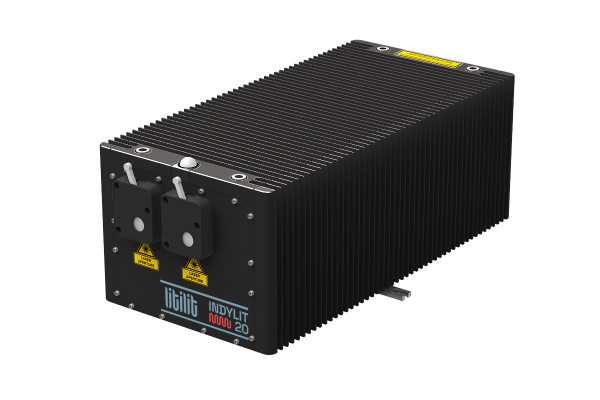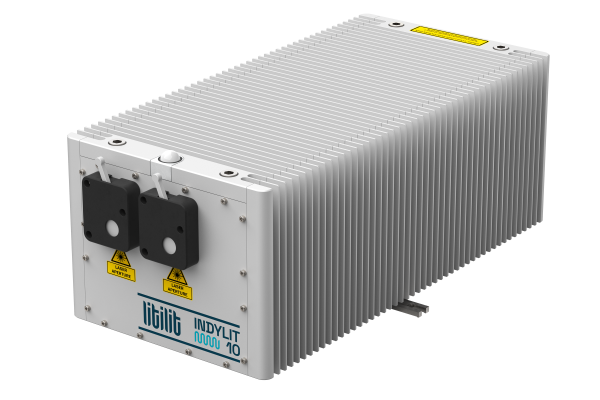Ophthalmology Procedures 
Laser eye surgery has become popular in the last decades. Compared to the mechanical surgeries the procedure is more precise and typically requires shorter recovery time. The advent of nanosecond excimer lasers marked the beginning of this transformation, providing a groundbreaking approach to vision correction. However, advancements in laser technology have introduced femtosecond lasers as a superior alternative for a range of ophthalmic procedures, including femto-LASIK, cataract surgery (FLACS), LASIK, and Small Incision Lenticule Extraction (SMILE).
Femto-LASIK leverages the precision of femtosecond lasers to create a corneal flap before reshaping the cornea with an excimer laser, combining the benefits of traditional LASIK with enhanced accuracy and safety. The SMILE procedure represents a minimally invasive technique, using femtosecond lasers to create a small, lens-shaped bit of tissue (lenticule) within the cornea, which is then removed through a tiny incision, reshaping the cornea to correct refractive errors. The primary advantages of femtosecond lasers in these procedures include the ability to make standardized, perfectly centered corneal incisions. Pulses with a few microjoules of energy and durations in the few hundred femtoseconds range are ideally suited for making precise cuts in the outer corneal tissue. The low pulse energy levels help minimize tissue heating, photodisruptive shock waves, and the formation of cavitation bubbles. Moreover, the higher pulse repetition rates (up to 1 MHz), significantly surpassing those of excimer lasers, allow for a substantial reduction in surgery duration.
Indylit 10 laser was designed with integration into corresponding medical devices in mind. It is air-cooled, has a compact passively cooled laser head, and doesn’t require any periodical maintenance. Solid mechanical design ensures very stable output parameters and guarantees repeatable laser performance for consistent high quality surgeries over the years.
Indylit 20 builds upon the foundation of the Indylit 10 by offering increased power, while still maintaining the series’ hallmark features of reliability and ease of integration into medical devices. The Indylit 20 is designed to accommodate a broader range of surgical applications, providing surgeons with the flexibility to perform more demanding procedures that benefit from its higher power output.

